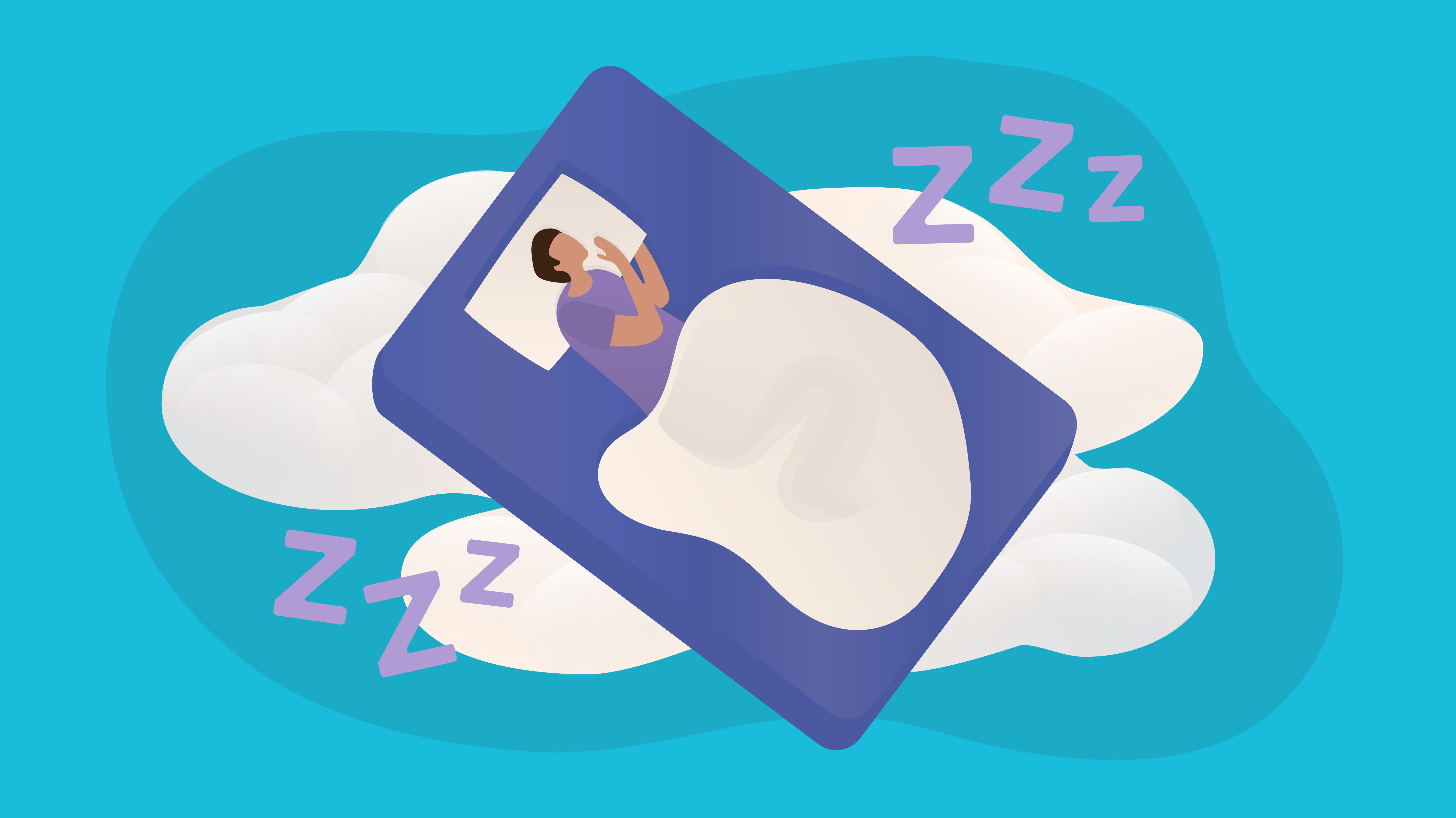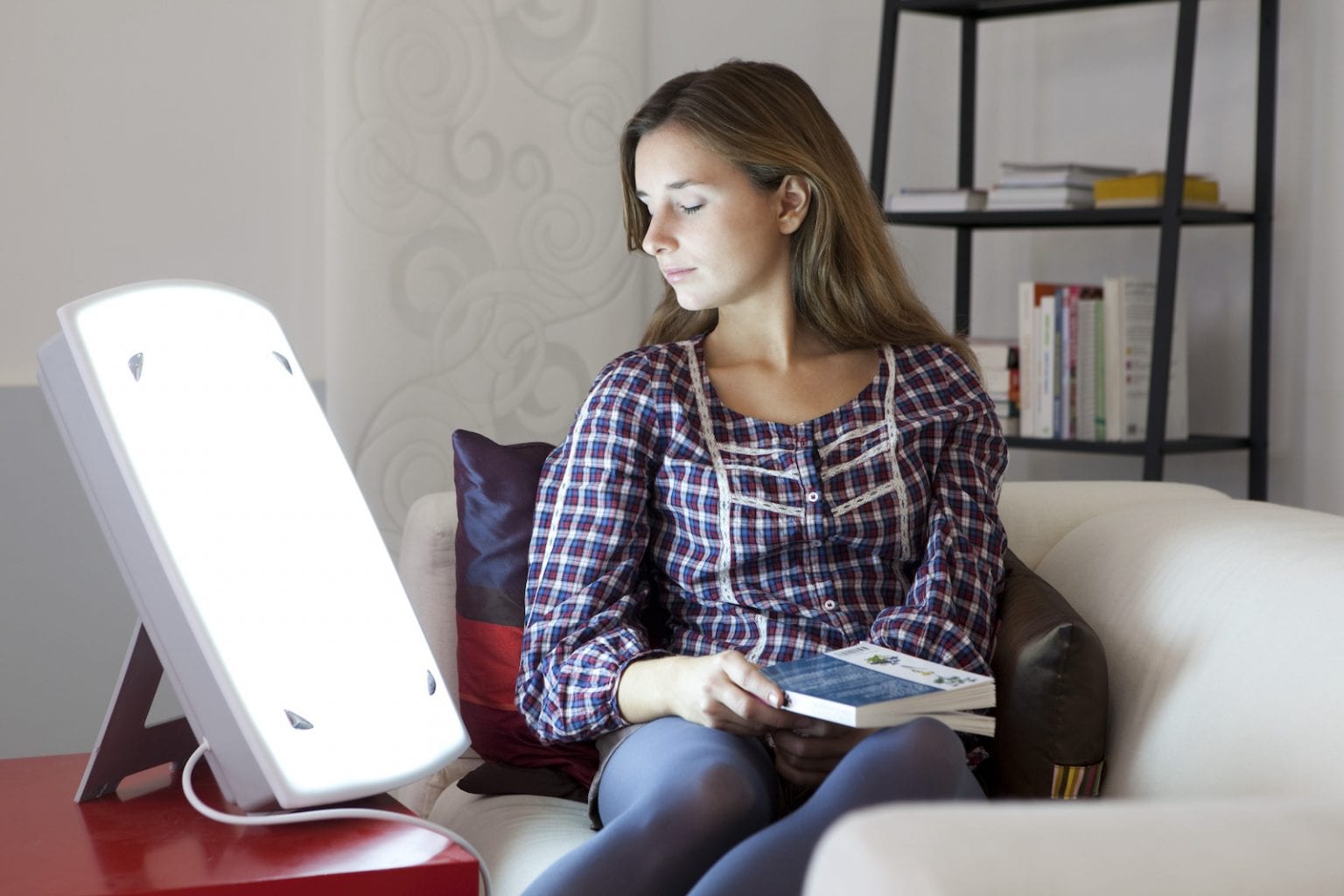Comprehensive Sleep Disorder Treatment - Locate the Best Solutions
Comprehensive Sleep Disorder Treatment - Locate the Best Solutions
Blog Article
Efficient Treatment Solutions for Handling Sleep Disorders and Enhancing Relaxing Sleep
In the realm of healthcare, the monitoring of rest conditions and the pursuit for peaceful rest are essential elements of overall wellness. Efficient therapy remedies use a complex approach to tackle these obstacles, varying from cognitive behavior treatments to alternative practices that advertise relaxation and mindfulness. The expedition of different methods, including the assimilation of medication and light therapy, opens a realm of opportunities in the pursuit of better rest quality. As we browse the intricate landscape of rest conditions and look for to improve our sleep experience, a much deeper understanding of these treatment solutions might hold the secret to opening a more refreshing and satisfying restorative trip.
Cognitive Behavior Modification for Sleeping Disorders (CBT-I)
Cognitive Behavioral Therapy for Sleeplessness (CBT-I) is an organized, evidence-based treatment strategy that focuses on dealing with the hidden variables adding to sleep disturbances. This sort of treatment intends to modify habits and thoughts that worsen sleeping disorders, eventually advertising healthy and balanced rest patterns. CBT-I generally includes numerous key parts, including cognitive treatment, rest constraint, stimulation control, and rest health education and learning.
Cognitive treatment aids people identify and alter unfavorable thought patterns and beliefs about sleep that might be preventing their ability to drop or remain asleep. Rest limitation entails restricting the quantity of time invested in bed to match the individual's actual sleep duration, thereby enhancing sleep effectiveness (sleep deprivation help). Stimulation control techniques help establish a strong organization in between the bed and sleep by encouraging people to head to bed just when drowsy and to prevent participating in stimulating activities in bed
Additionally, sleep hygiene education concentrates on creating healthy rest behaviors, such as preserving a consistent sleep timetable, producing a relaxing bedtime regimen, and enhancing the sleep setting. By resolving these aspects thoroughly, CBT-I provides a reliable non-pharmacological intervention for managing insomnia and enhancing overall rest high quality.
Sleep Health Practices
Having established the structure of cognitive restructuring and behavior modifications in resolving sleep problems with Cognitive Behavior modification for Sleeplessness (CBT-I), the focus currently shifts in the direction of discovering crucial Sleep Health Practices for keeping optimal sleep top quality and overall well-being.
Rest health practices include a series of practices and ecological factors that can considerably influence one's capacity to drop off to sleep and stay asleep throughout the night. Regular rest and wake times, creating a relaxing bedtime regimen, and maximizing the sleep atmosphere by keeping it dark, silent, and cool are essential elements of excellent sleep hygiene. Limiting direct exposure to displays prior to going to bed, avoiding stimulants like caffeine near going to bed, and participating in regular exercise throughout the day can likewise promote far better rest quality.
In addition, practicing relaxation techniques such as deep breathing workouts or reflection prior to bed can help calm the mind and prepare the body for sleep. By incorporating these rest health techniques right into one's everyday routine, individuals can develop a healthy and balanced rest pattern that supports relaxing sleep and total health.
Leisure Methods and Mindfulness
Carrying out leisure methods and mindfulness methods can play an essential function in fostering a feeling of tranquility and advertising quality rest. insomnia solutions. These methods aim to silent the mind, minimize tension, and create an optimum atmosphere for restful rest. One commonly exercised technique is deep breathing exercises, where individuals concentrate on slow, deep breaths to relax the body and mind. Progressive muscle leisure entails tensing and after that releasing each muscle mass team, promoting physical leisure. Additionally, directed images can help transport people to a serene place in their minds, helping in tension decrease and improving rest quality.
Mindfulness methods, such as reflection and yoga exercise, are additionally efficient in advertising leisure and boosting rest. Mindfulness urges individuals to stay present in the minute, releasing bother with the past or future. By including these practices into a bedtime routine, individuals can signify to their bodies that it is time to prepare and relax for sleep. In general, incorporating leisure techniques and mindfulness practices can substantially add to managing rest problems and enhancing general sleep quality.

Medicine Options for Sleep Disorders
After checking out leisure strategies and mindfulness methods as non-pharmacological treatments for improving sleep high quality, it is vital to consider medication choices for individuals with rest disorders. In cases where way of life modifications and treatment do not provide adequate relief, medication can be a hop over to here useful device in managing rest disruptions.
Typically suggested drugs for rest problems consist of benzodiazepines, non-benzodiazepine hypnotics, antidepressants, and melatonin receptor agonists. Benzodiazepines, such as diazepam, are sedatives that can help induce sleep, but they are normally advised for temporary usage as a result of the risk of dependence. Non-benzodiazepine hypnotics like zolpidem are additionally used to treat sleeplessness and have a lower risk of dependancy contrasted to benzodiazepines. Antidepressants, such as trazodone, early morning insomnia can be helpful for people with co-occurring anxiety and rest disturbances. Melatonin receptor agonists, like ramelteon, target the body's all-natural sleep-wake cycle and can be practical for managing sleep patterns.
It is critical for individuals to consult with a doctor to determine one of the most appropriate drug choice based on their certain sleep problem and medical background.
Light Therapy for Circadian Rhythm Policy
Light therapy, also recognized as photo-therapy, is a non-invasive treatment technique made use of to control circadian rhythms and improve sleep-wake cycles. This treatment entails exposure to intense light that imitates all-natural sunshine, which helps to reset the body's body clock. By exposing people to specific wavelengths of light, normally in the early morning or evening relying on the desired impact, light treatment can efficiently readjust the circadian rhythm to promote wakefulness throughout the day and enhance restful rest at night.
Research study has actually shown that light treatment can be particularly beneficial for individuals with circadian rhythm conditions, such as postponed sleep phase disorder or jet lag. It can also be handy for those experiencing seasonal affective condition (SAD), a sort of depression that typically happens throughout the wintertime months when natural light direct exposure is reduced. Light therapy is typically well-tolerated and can be made use of in conjunction with other treatment techniques for rest disorders to optimize outcomes and improve overall rest top quality.
Verdict
Finally, effective therapy solutions for managing sleep conditions and improving peaceful sleep include Cognitive Behavioral Treatment for Insomnia (CBT-I), sleep health practices, relaxation methods and mindfulness, drug choices, and light treatment for body clock law. These strategies can aid people enhance their rest high quality and overall wellness. It is essential to talk to a healthcare service provider to figure out the most suitable strategy for attending to rest problems.
As we navigate the complex landscape of rest conditions and seek to boost our sleep experience, a deeper understanding of these therapy options might hold the secret to unlocking a more rejuvenating and meeting restorative trip.
Rest constraint includes restricting the amount of time spent in bed to match the individual's real sleep period, thereby raising sleep performance. Regular sleep and wake times, developing a relaxing bedtime regimen, and enhancing the sleep environment by maintaining it dark, pop over to this site quiet, and cool are crucial parts of great rest hygiene. Light treatment is typically well-tolerated and can be used in combination with other treatment methods for sleep conditions to enhance end results and improve total sleep high quality.

Report this page